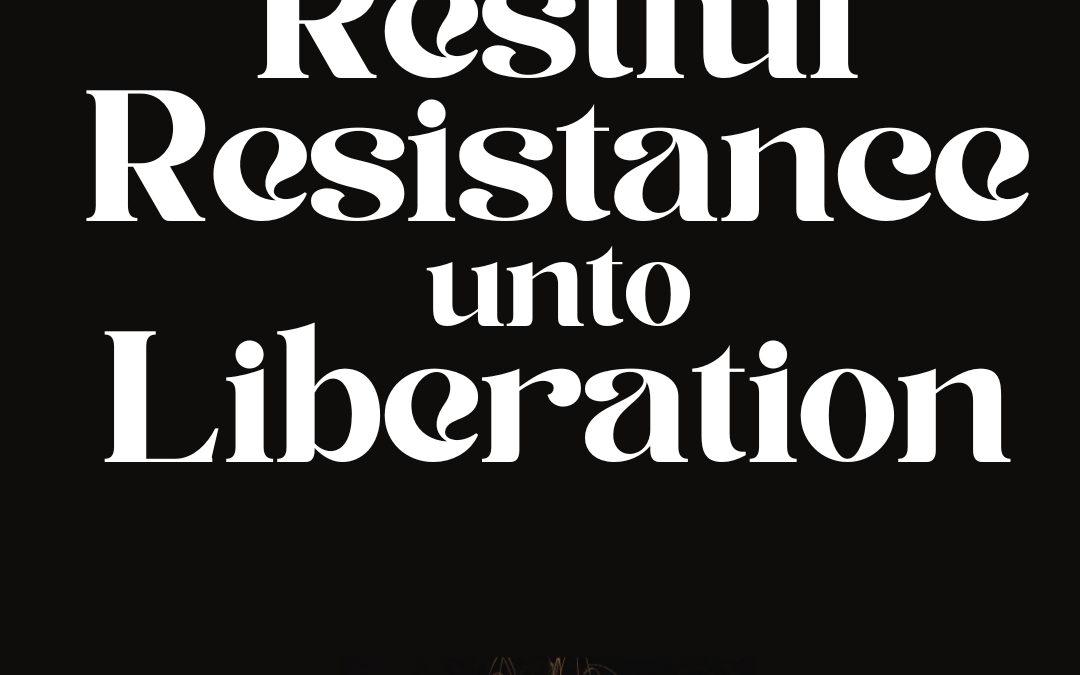You’ve heard it said…when Jesus was riding into the city on the colt (remembered on Palm Sunday) he not only fulfilled a prophecy from Zechariah, but it was a subversive act that folks seeking liberation would have not expected.
Jesus opted for a colt over a war horse, glimpsing what his vision of liberation. The crowd in Jerusalem, under Roman occupation, were eager for deliverance, and it was they who laid down palms and cloaks along the roadway. They were looking for a certain kind of liberation, something different than what Jesus was offering.
This Lenten season I’ve been reflecting how Christians can emulate Jesus in the ways he subverted malformed power to establish new pathways for collective liberation. The colt was just a start.
His subversive way includes breaking bread with a betrayer, then later washing the feet of his disciples when they had no idea of what was about to transpire. It was admonishing Peter and his sword during his arrest, and miraculously healing the injured policeman instead. It’s reflected in the literary juxtaposition between the crowd choosing Jesus Barabbas–the liberator whose tool was the sword–over Jesus the Christ who embodied a non-violent liberation. It was absorbing the magnitude of violence by the state on the Road to Calvary, but also all of the malformed powers both seen and unseen on the cross. A story that climaxes with death on the hill, a death so cataclysmically profound back in the city the temple veil tore in two. A tear became repair (Matt 27:51) that undid our disconnect from God and creation once and for all. It is the triumph over the forces of all evil found culminating in death—from the piercing weapons to the blood lust of empire–being tamed by the cultivating hands of a gardener near the resurrection tomb (John 20:14).
The ‘way’ of Jesus is supposed to be different. One that looks like a pouring out of love for ones friends, even unto death, knowing that an ensuing resurrection marks our deliverance from all the wrongs we must endure and resist for ultimate wholeness of life. A subversive resistance that triumphs over despair—of all that ain’t right—towards a distinct collective liberation.
This is the Easter story. And I resist by resting in this mystery, trying to make sense of it all.

